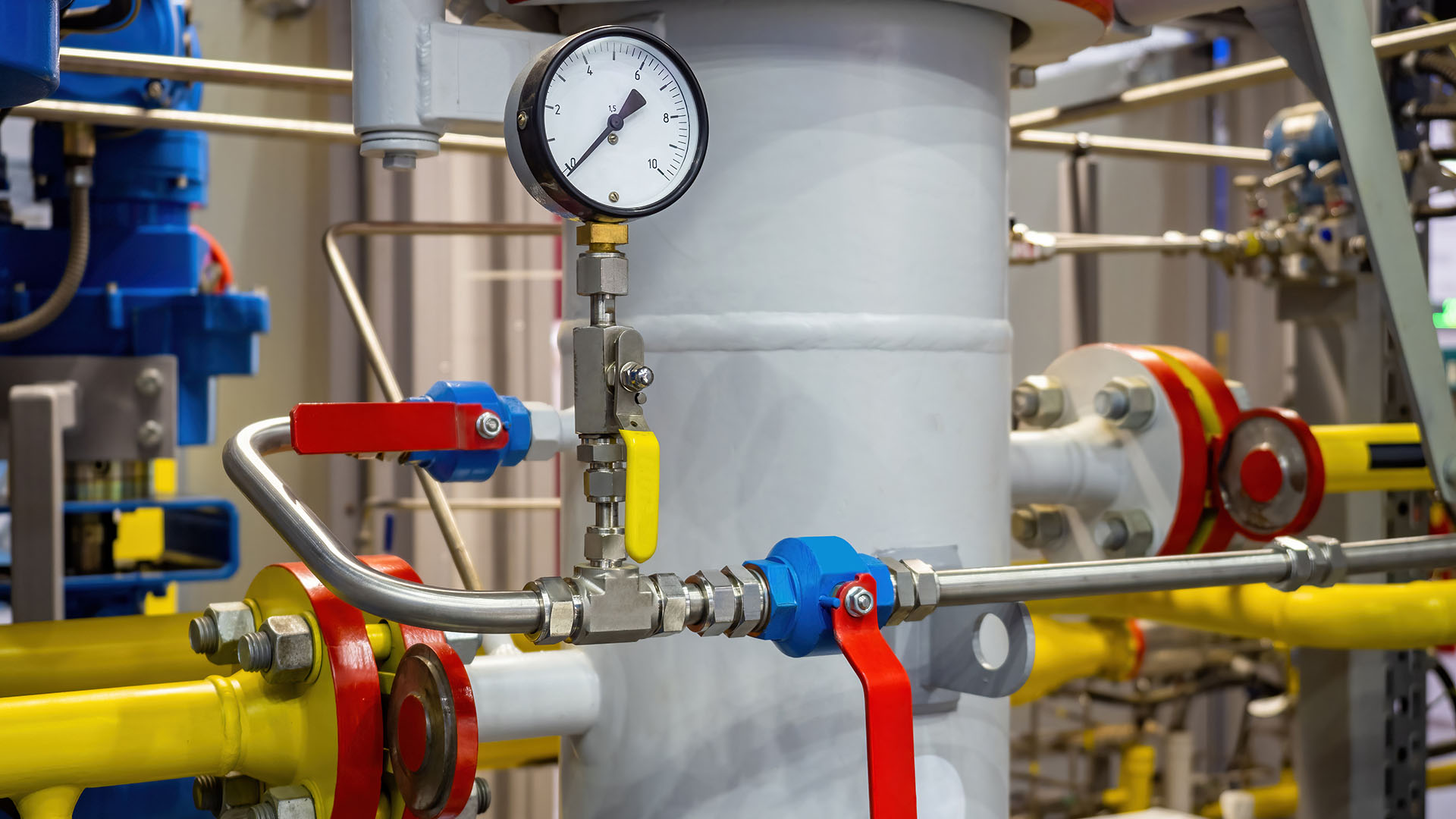Introduction
When it comes to guaranteeing that measurements and procedures in alternative fields, akin to engineering, science, healthcare, and manufacturing, are properly and safe, two terms broadly speaking come up: calibration and validation. While they might appear interchangeable at the start glance, these techniques serve detailed purposes in pleasant guarantee and measurement integrity. This article will delve deep into the nuances of Calibration vs. Validation: Understanding the Differences, elucidating their definitions, techniques, importance, and packages across industries.
Calibration vs. Validation: Understanding the Differences
To hold close the essence of both calibration and validation, we first desire to define each and every term actually.
What is Calibration?
Calibration is a scientific course of that includes adjusting an software or measuring equipment to make sure that its accuracy with the aid of evaluating it in opposition t a commonly used or accepted reference. Think of it like tuning a musical device; simply as you'll adjust the tension of guitar strings to get the accurate pitch, calibration satisfactory-tunes your measuring instruments.
How Calibration Works
Identify the Error: The first step involves deciding upon regardless of whether there’s a discrepancy among the software's readings and a generic favourite. Adjusting Settings: If discrepancies are stumbled on, alterations are made headquartered on regularly occurring protocols. Documentation: Finally, statistics of calibration results are maintained for destiny reference.The Importance of Calibration
Calibration guarantees that units offer unique measurements a must have for pleasant handle in Homepage production methods or correct diagnoses in medical settings. Without acceptable calibration, effects can bring about catastrophic failures or detrimental circumstances.
What is Validation?
Validation refers back to the process of confirming that a approach or approach meets unique requisites and plays constantly inside of predefined limits. Unlike calibration, which focuses on distinctive units, validation takes a broader view.
How Validation Works
Define Requirements: Establish clean standards for functionality. Testing: Execute tests below controlled situations to investigate if methods meet these requisites. Documentation: Validate outcome would have to be documented totally to verify compliance with policies.The Importance of Validation
Validation promises that platforms operate reliably over time in different circumstances. For instance, in prescription drugs, validation guarantees that creation approaches yield items that adhere to safety specifications.
Key Differences Between Calibration and Validation
Understanding how calibration differs from validation is significant for mavens across industries.
Scope of Application
- Calibration focuses on distinctive units (e.g., thermometers). Validation encompasses complete structures or procedures (e.g., drug production).
Purpose
- The intention of calibration is accuracy. The goal of validation is reliability and compliance.
Frequency
- Calibration is conducted incessantly based on operational demands. Validation happens less oftentimes yet might be mandated with the aid of policies.
When Should You Calibrate Your Instruments?
Determining when to calibrate your units depends on various motives:
Usage Frequency: More customary use typically warrants more familiar calibration. Environmental Conditions: Extreme prerequisites can have an affect on device performance. Type of Measurement: Critical measurements may just require greater stringent calibration schedules.Common Calibration Techniques
It's obligatory to realize countless suggestions involved in calibration:
Direct Comparison Method: Comparing readings at once with standard references. Substitution Method: Using widespread values from different calibrated instruments. Adjustment Method: Making variations based totally on noticed errors all over comparison checks.Common Validation Techniques
Just as there are distinctive methods to calibrate instruments, there are a lot innovations for validating tactics:
Prospective Validation: Testing previously job implementation. Concurrent Validation: Testing throughout the time of energetic processing. Retrospective Validation: Reviewing ancient information against widely used standards.Regulatory Requirements for Calibration and Validation
Both calibration and validation are heavily influenced by using regulatory bodies across distinctive sectors:

FAQs About Calibration vs.Validation
1. What’s the major change among calibration and validation?
The usual distinction lies in their scope; calibration offers with exceptional units' accuracy whilst validation assesses entire approaches' reliability over the years.
2. How most commonly need to I calibrate my gear?
It relies upon on usage frequency and environmental components; check with organization checklist for genuine instructions.
3. Can I validate without calibrating?
While technically likely, doing so is never beneficial in view that an uncalibrated software might also yield unreliable knowledge all the way through validation tests.
four. Are there global requisites for calibration?
Yes! Standards like ISO/IEC 17025 outline basic standards for trying out laboratories' competence adding sides related to calibration approaches.
five. What industries require strict validation?
Pharmaceuticals, foodstuff construction, aerospace engineering—all these sectors need to adhere strictly to validation protocols by reason of safety implications!
6. Can program be confirmed as opposed to calibrated?
Absolutely! Software can bear rigorous validations by means of assessing its function in opposition t consumer standards rather then classic physical measurement calibrations.
Conclusion
In summary, know-how the distinctions between calibration and validation is imperative for professionals engaged in fields the place accuracy and reliability are paramount—be it healthcare or engineering disciplines! While both processes adorn dimension integrity eventually using operational efficiencies—they serve tremendously assorted functions within exceptional coverage frameworks globally famous this present day!
By having this experience at your fingertips in addition to absolute best practices defined herein—you're better prepared than ever earlier than in navigating complexities surrounding those elementary yet principal parts valuable ensuring constant top notch effect throughout different applications!
This complete dive into Calibration vs.Validation equips you not just with definitions but realistic insights allowing proficient decision-making transferring forward—whether you're calibrating tools or validating comprehensive procedures—making certain adherence standards is still key attaining excellence no matter quarter you're worried inside!